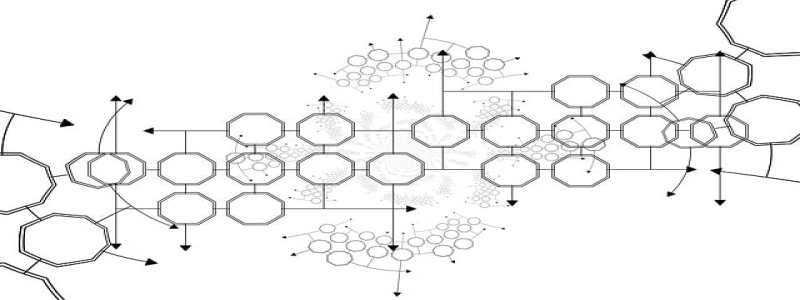Signal Attenuation Meaning
Introduction:
Signal attenuation refers to the loss of signal strength as it travels through a medium or across a transmission distance. It is an important concept in telecommunications and signal processing, as it can affect the quality and reliability of communication systems. This article aims to provide a comprehensive understanding of signal attenuation, its causes, and its impact on signal transmission.
1. Understanding Signal Attenuation:
1.1 Definition:
Signal attenuation is the reduction in signal amplitude or power as it propagates through a medium or a transmission path. It is often described in terms of decibels (dB) and is a measure of the signal loss.
1.2 Types of Attenuation:
There are different types of signal attenuation that can occur in various scenarios, including:
– Path Loss: This type of attenuation occurs due to the spreading of the signal energy over a larger area as it travels further from the source.
– Absorption Loss: It refers to the loss of signal strength due to absorption by the medium through which the signal passes, such as air, water, or solid objects.
– Scattering Loss: Scattering occurs when the signal interacts with small particles or objects in the transmission path, causing it to deviate from its original path and lose power.
– Reflection Loss: This type of attenuation occurs when a part of the signal is reflected back, reducing the overall signal strength.
2. Causes of Signal Attenuation:
2.1 Distance:
The most common cause of signal attenuation is the distance between the source and the receiver. As the signal travels further, it becomes weaker due to path loss.
2.2 Transmission Medium:
Different transmission mediums affect signal attenuation differently. For example, signals transmitted through optical fibers experience lower attenuation compared to signals transmitted through copper wires.
2.3 Interference:
Electromagnetic interference, such as radio frequency interference or electrical noise, can also cause signal attenuation. These interferences disrupt the signal, reducing its strength.
3. Impact of Signal Attenuation:
3.1 Communication Quality:
Signal attenuation can degrade the quality of communication systems, leading to poor audio or video quality, dropouts, or distorted signals. Higher levels of attenuation can render the communication unusable.
3.2 Transmission Speed:
As signal strength decreases, the transmission speed of data also decreases. This can result in slower internet speeds or longer transfer times in data communication systems.
3.3 Error Rate:
Signal attenuation can increase the error rate in signal transmission. Weaker signals are more susceptible to noise and distortion, leading to a higher chance of errors in the received data.
Conclusion:
Signal attenuation refers to the loss of signal strength during transmission, which can cause various issues in communication systems. Understanding the causes and impact of signal attenuation is crucial for designing and maintaining reliable and efficient communication networks. By implementing appropriate strategies to mitigate signal attenuation, such as using amplifiers or choosing appropriate transmission mediums, the overall performance and quality of communication systems can be significantly improved.








